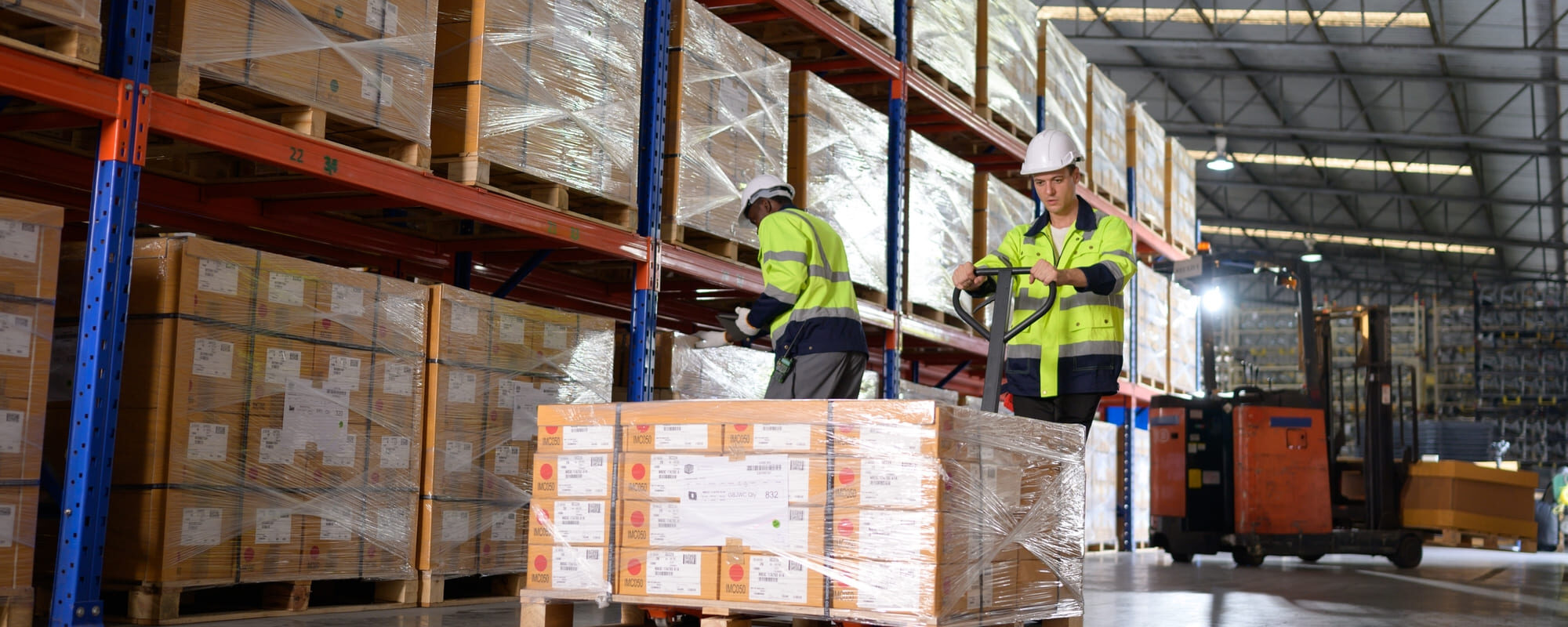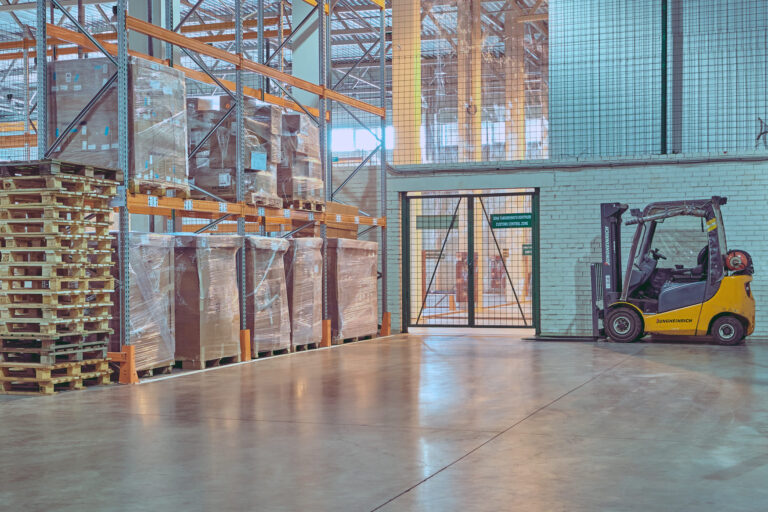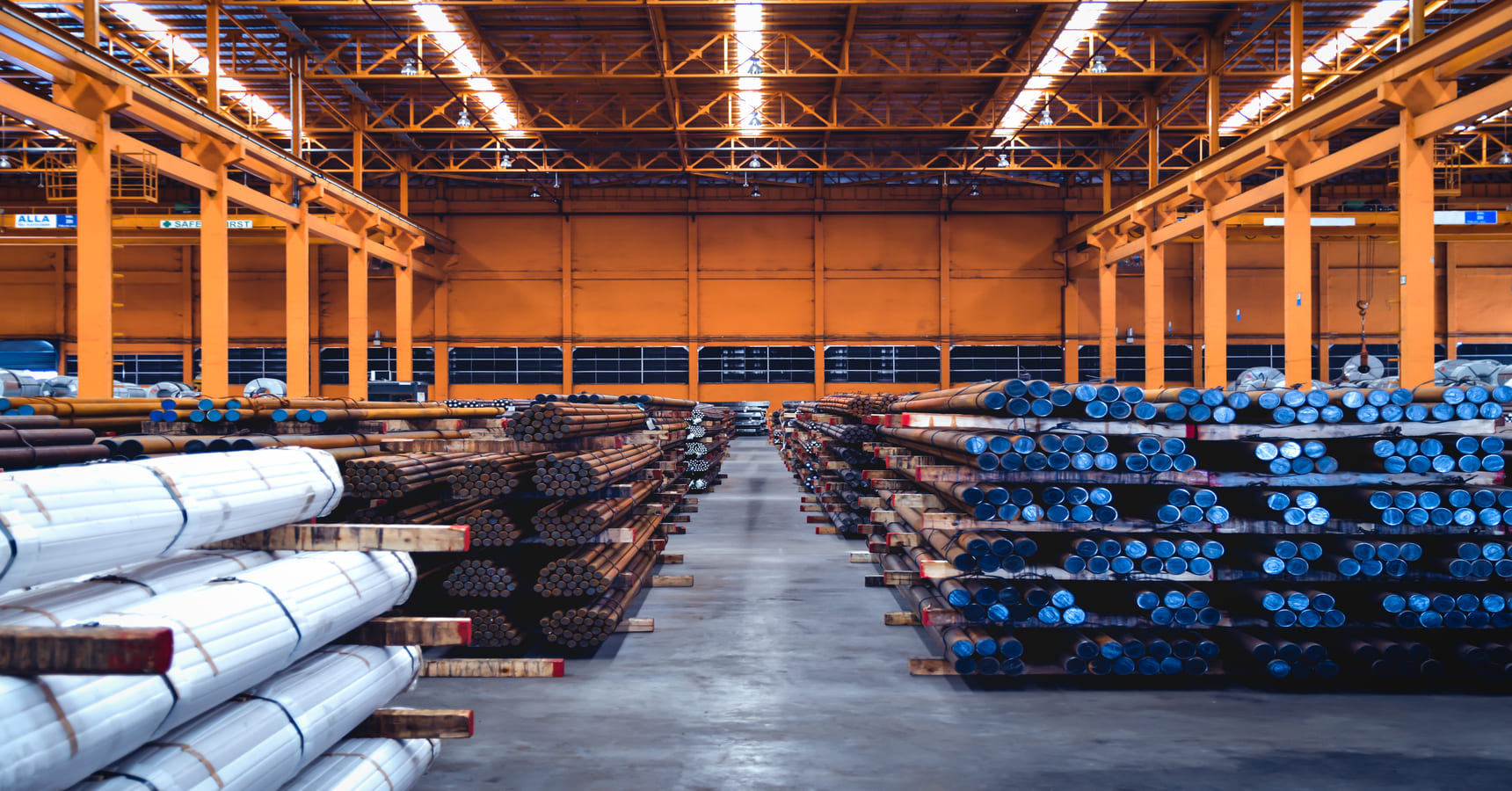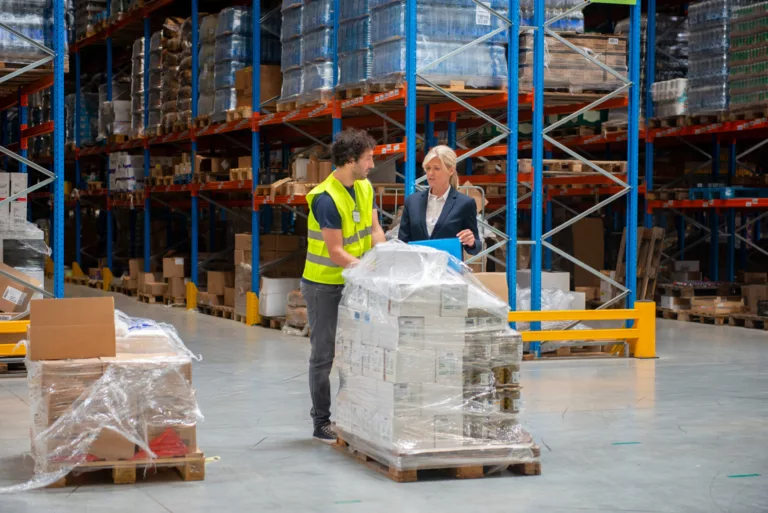Public Warehouse: A Comprehensive Guide

Public warehouses are third-party storage facilities where multiple companies can rent space and services on a flexible basis. In other words, a public warehouse (or public warehousing facility) is a large, multi-client warehouse owned by an independent provider, not by a single company. Businesses facing seasonal surges or fluctuating inventory needs often use public warehousing to avoid the high capital cost of building their own warehouse. Instead of investing in property and equipment, they pay only for the space and services they actually use.
Types of Public Warehouses
Public warehouses come in various forms, each designed to serve specific logistics and storage needs. Here are some key types:
- Distribution Centers: These warehouses are crucial in the supply chain for short-term storage and rapid order fulfillment. They cater to businesses that require fast-moving inventory, ensuring products are efficiently received, sorted, and shipped to retailers or consumers.
- Consolidation Warehouses: These facilities collect shipments from multiple suppliers, combining them into larger loads before dispatching them to final destinations. This setup minimizes shipping costs and improves logistical efficiency for businesses that handle small but frequent shipments.
- Cross-Dock Warehouses: These warehouses specialize in transferring goods directly from inbound to outbound transportation without prolonged storage. They facilitate quick turnaround times, reducing the need for large storage areas and expediting shipments to customers.
- Climate-Controlled Warehouses: Designed for temperature-sensitive goods, these warehouses provide controlled environments for items such as food, pharmaceuticals, electronics, and artwork. They prevent spoilage and ensure compliance with industry regulations.
- Hazardous Materials Warehouses: These facilities are built to safely store chemicals, flammable substances, and other regulated materials. They comply with strict safety standards and require specialized handling procedures to prevent accidents and contamination.
- Bonded Warehouses: These storage facilities hold imported goods until customs duties are paid. Businesses benefit from deferred taxation, allowing them to sell products and generate revenue before paying import fees.
- Smart Warehouses: Utilizing automation, robotics, and IoT technology, smart warehouses enhance efficiency and accuracy in inventory management. These high-tech facilities reduce human labor costs and improve order fulfillment speeds.
Key Considerations When Choosing a Public Warehouse Provider
Selecting the right public warehouse provider is a crucial step in optimizing logistics and enhancing supply chain management. Here are key factors to consider:
- Location and Accessibility
The warehouse location plays a pivotal role in reducing transportation costs and delivery times. Consider:- Proximity to suppliers and customers
- Access to highways, ports, and rail networks
- Availability of last-mile delivery services
- Storage Capacity and Facility Features
Ensure the warehouse has the infrastructure to meet your needs, including:- Ample storage space and scalability options
- Specialized storage for temperature-sensitive or oversized goods
- Efficient racking and shelving systems
- Technology and Inventory Management
Advanced technology can enhance warehouse efficiency. Look for:- Warehouse Management System (WMS) for real-time tracking
- Automated inventory management to minimize errors
- Integration with your existing supply chain systems
- Value-Added Services
Consider whether the provider offers additional services such as:- Order fulfillment and distribution
- Kitting, labeling, and repackaging
- Cross-docking and transloading for streamlined operations
- Cost Structure and Flexibility
Evaluate the warehouse’s pricing models:- Pay-as-you-go vs. fixed contract pricing
- Options for scalability to accommodate growth
- Potential hidden fees like handling charges
- Compliance and Security
Ensure the facility complies with industry regulations and maintains strict security measures, including:- Certifications for handling specific goods (e.g., food-grade or hazardous materials)
- 24/7 security monitoring and access control
- Insurance coverage for stored inventory
- Reputation and Reliability
Research the warehouse provider’s track record by checking:- Customer reviews and testimonials
- Case studies of businesses served
- Industry experience and expertise
Comparing Public and Private Warehouses
Warehousing solutions differ in terms of cost, control, and suitability for various business models. Here’s a breakdown:
| Feature | Public Warehouses | Private Warehouses |
| Ownership | Third-party logistics providers | Owned by individual companies |
| Cost | Lower upfront costs; pay-per-use model | High capital investment and maintenance costs |
| Flexibility | High scalability; adaptable to demand changes | Limited to the company’s needs |
| Control | Less control over operations | Full control over warehouse operations |
| Suitability | Best for businesses with fluctuating storage needs | Ideal for companies with large, stable inventory |
Choosing the Right Public Warehouse
When selecting a public warehousing partner, key factors like location, cost, services, and technology are vital. OLIMP makes it easy to search and find the perfect warehouse that suits your business needs.
By using OLIMP’s platform, you can quickly compare options and make informed decisions about storage, distribution, and inventory management. Public warehousing offers flexibility and cost-effectiveness, and OLIMP ensures you find the right solution for your supply chain goals, ensuring efficiency and scalability.
You may be interested in

Bonded Warehousing Solutions: Reduce Duties & Streamline Imports
Bonded warehousing solutions allow importers to store goods without upfront duty payments, effectively creating duty-free storage that boosts cash flow and streamlines the import process. By using a bonded warehouse – a secure facility under customs supervision – companies can defer taxes and tariffs on imported goods until those goods are released for domestic sale. […]

Essential Guide to Industrial Warehousing: Key Features, Technologies & Challenges
Industrial warehousing plays a pivotal role in the global supply chain, ensuring the efficient storage, management, and distribution of goods. In the broader transportation and warehousing industry, millions of people are employed to keep products moving (about 6.6 million in the U.S. as of mid-2024). North America (including the USA, Canada, and Mexico) similarly relies […]

Inventory Overflow Storage
The peak commerce season is approaching and warehouses are being stocked with extra products. This surge in inventory can lead to warehouse overflow, or when the warehouse reaches its capacity to store merchandise efficiently. Learn to manage overflow storage and be prepared for the holiday season. What is inventory overflow? Inventory overflow occurs when the […]
Ready to streamline your warehousing needs?
Request a quote today and discover how OLIMP's tailored solutions can optimize your operations